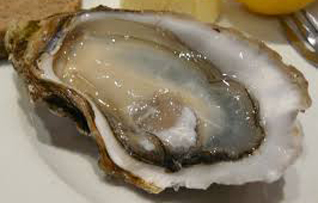 are experiencing the lowest oyster supply that many of them have seen and they suspect that the BP/ Deepwater Horizon oil spill of 2010 is to blame.
are experiencing the lowest oyster supply that many of them have seen and they suspect that the BP/ Deepwater Horizon oil spill of 2010 is to blame.“We have been in business for 19 years, and haven’t been shut down except for a couple of hurricanes and the BP oil spill. However, last summer and going into the summer have been the most challenging time that we have had for procuring oysters,” John Tesvich, president of processor AmeriPure Oyster Company in Franklin, La., and chair of the Louisiana Oyster Task Force, told SeafoodSource.
The shortage of high quality oysters is significant, since the Gulf produces an estimated 70 percent of U.S. oysters.
Since oysters take around three years to reach full maturity, Gulf oystermen and buyers believe they are seeing the effects of the oil spill. “The most logical thing is the oil spill,” Tesvich said.
“Areas that once produced abundantly a few years ago are barren,” said Wilber Collins, owner of Collins Oyster Company and a member of the Louisiana Oyster Task Force, in a statement from the Gulf Seafood Institute.
As a result of the unavailability of high quality Gulf oysters this season, prices have soared. “They are the highest we have ever seen. Prices are well over 50 percent higher than last year, and prices were already higher last year,” Tesvich said.
Buyers report an average dock price on Gulf oysters of USD 58 (EUR 42) per bushel.
Because of high demand, lower quality oysters are also making it to market. “Second- and third-grade product is out there that, in normal times, would rarely make it to market because they are lower quality,” Tesvich said.
As a result of the shortage, oysters are becoming more of a “delicacy” rather than a standard item in restaurants, according to Tesvich. “Prices are going up accordingly in restaurants,” he said.
“I have had to raise prices once. Earlier, we had two months where we had a hard time procuring enough oysters. Right now, if you are willing to pay the price, you can get what you need,” said Tommy Cvitanovich, owner of Drago’s restaurant in New Orleans, in a GSI statement.





